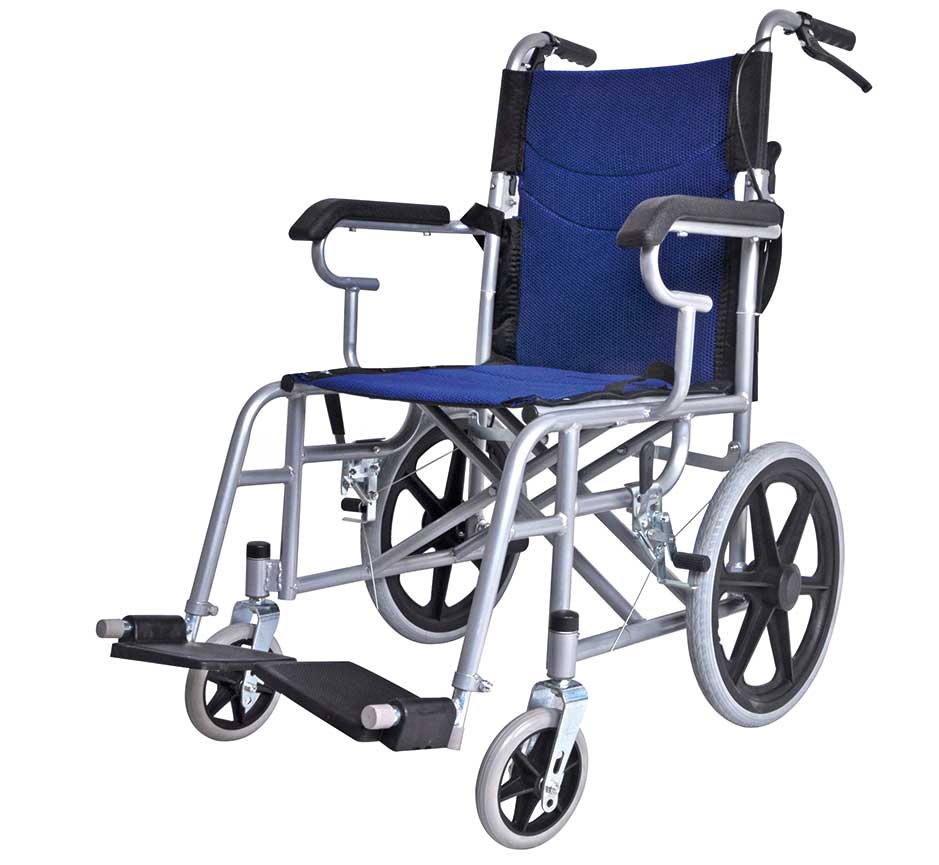Welcome to our websites!
Innovative Traction Solutions for Enhanced Comfort in Hospital Beds and Patient Care
Traction Equipment for Hospital Beds A Comprehensive Overview
Traction equipment plays a vital role in the healthcare sector, particularly in orthopedic and rehabilitation settings. The use of traction is designed to align and immobilize the spine or other parts of the body, facilitating the healing process, reducing pain, and promoting recovery. In modern medical practice, effective traction systems are essential for patients who require stabilization after injuries or surgeries.
What is Traction?
Traction is a therapeutic intervention that involves the application of a pulling force to a part of the body. This technique aims to stretch the muscles, ligaments, and other connective tissues, alleviating pressure on the spine or affected joints. There are two primary types of traction continuous and intermittent. Continuous traction maintains a steady pull, while intermittent traction alternates between periods of tension and relaxation.
Types of Traction Equipment
In hospital settings, traction equipment is often integrated with hospital beds to enhance patient care. The following are common types of traction equipment used in conjunction with hospital beds
1. Overhead Trapeze Frames These devices allow patients to reposition themselves by pulling on a trapeze bar suspended above their bed. This equipment is particularly beneficial for patients with limited mobility, as it helps in maintaining leverage and independence during rehabilitation.
2. Skeletal Traction Systems These systems involve the use of pins or screws inserted directly into the bone. Weight is attached to the pins via a pulley system to apply the necessary force. Skeletal traction is often used for more complex fractures and may require a specialized bed equipped to handle the additional weight.
traction equipment for hospital bed

3. Countertraction Devices Countertraction is a vital component of the traction setup. It involves the application of an opposing force to hold the body in a stable position. Hospital beds with adjustable features enable healthcare providers to modify patient positioning, ensuring optimal countertraction during the healing process.
4. Weight Hanging Systems These systems utilize weights that can be attached to the traction setup, allowing for various levels of force application based on the patient’s needs. Hospital beds equipped with cables and pulleys make it easier for healthcare professionals to adjust these weights.
5. Pediatric Traction Equipment For younger patients, specialized pediatric traction devices are available. These systems are designed with safety and comfort in mind, ensuring that the unique anatomical and developmental needs of children are met during treatment.
Benefits of Traction Equipment
The integration of traction equipment with hospital beds provides several advantages, including
- Pain Relief Traction helps in alleviating pain caused by injuries or conditions through the reduction of pressure on affected areas. - Improved Alignment Maintaining proper alignment of bones and joints is crucial to the healing process. Traction ensures that fractures and dislocations are correctly positioned. - Enhanced Mobility By facilitating movement and reducing discomfort, traction systems promote independence and active participation in rehabilitation efforts. - Increased Patient Comfort Modern traction equipment is designed with patient comfort in mind, reducing the associated discomfort that can arise from traditional methods.
Conclusion
Traction equipment is a critical component of orthopedic care in hospital settings. By effectively integrating this equipment with hospital beds, healthcare providers can offer enhanced treatment for patients requiring traction therapy. Through innovative designs and technology, traction systems contribute to improved patient outcomes, comfort, and overall satisfaction in the recovery process. As the field of medicine continues to evolve, so too will the methodologies and technologies associated with traction, ensuring that patients receive the best possible care on their path to recovery.
-
Transforming Healthcare with Hospital FurnitureNewsJun.24,2025
-
Rehabilitation EquipmentNewsJun.24,2025
-
Mobility and Independence with WheelchairsNewsJun.24,2025
-
Freedom of Mobility with Our Rollator WalkersNewsJun.24,2025
-
Comfort and Independence with Commode ChairsNewsJun.24,2025
-
Bathing Safety and Independence with Shower ChairsNewsJun.24,2025
-
Navigating the Wholesale Landscape of Electric Mobility Solutions: Key Considerations for Power Wheelchair DealersNewsJun.10,2025











